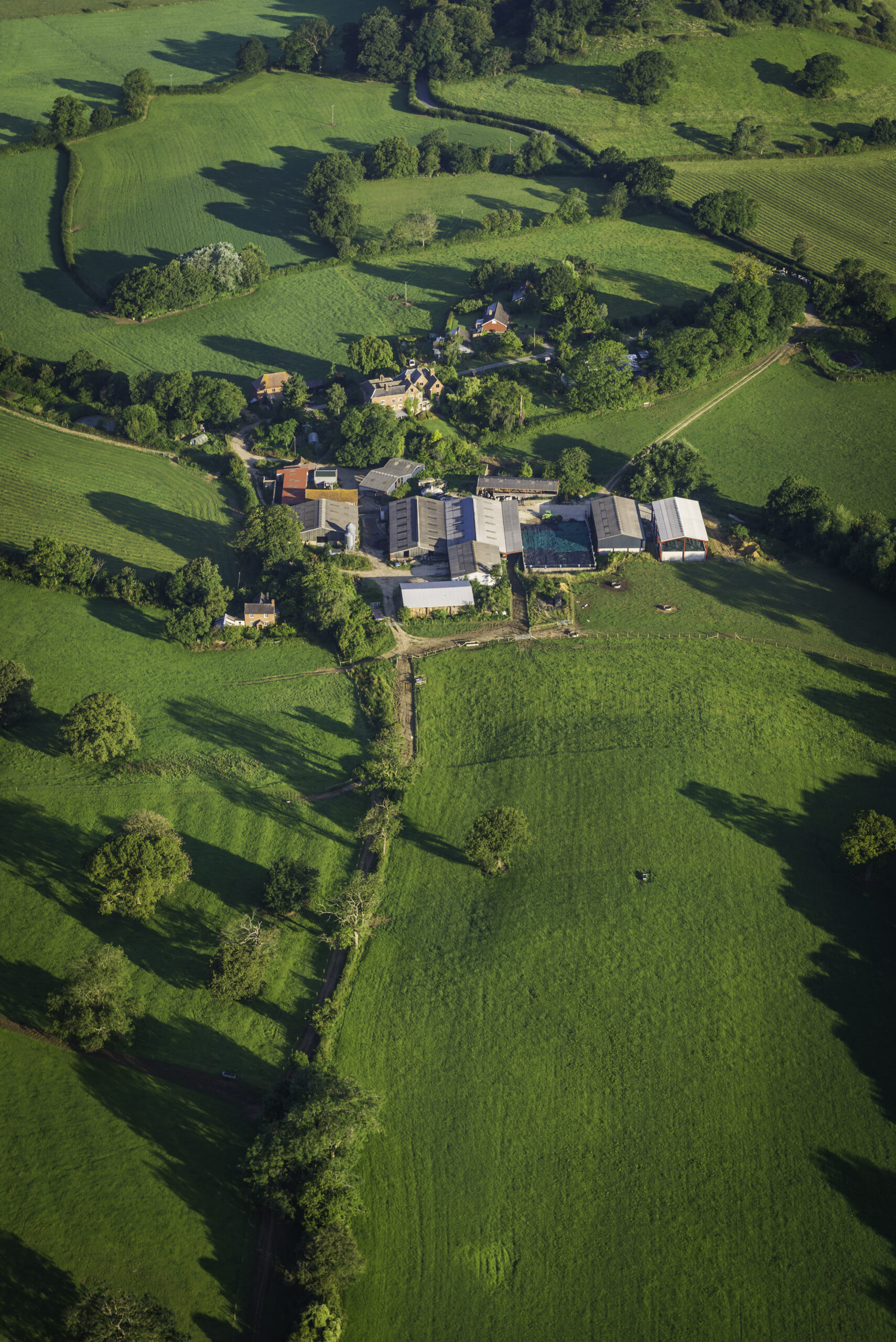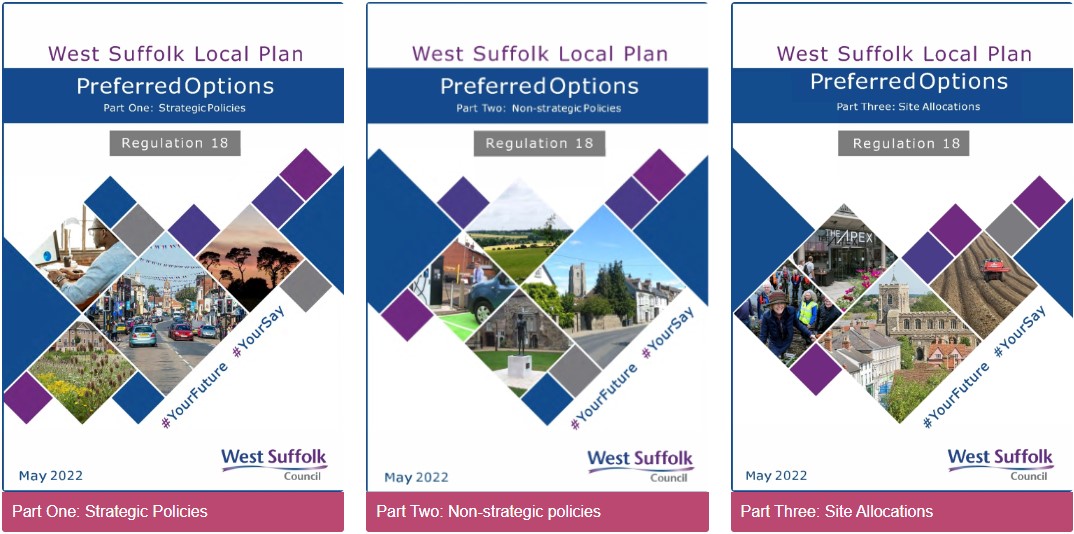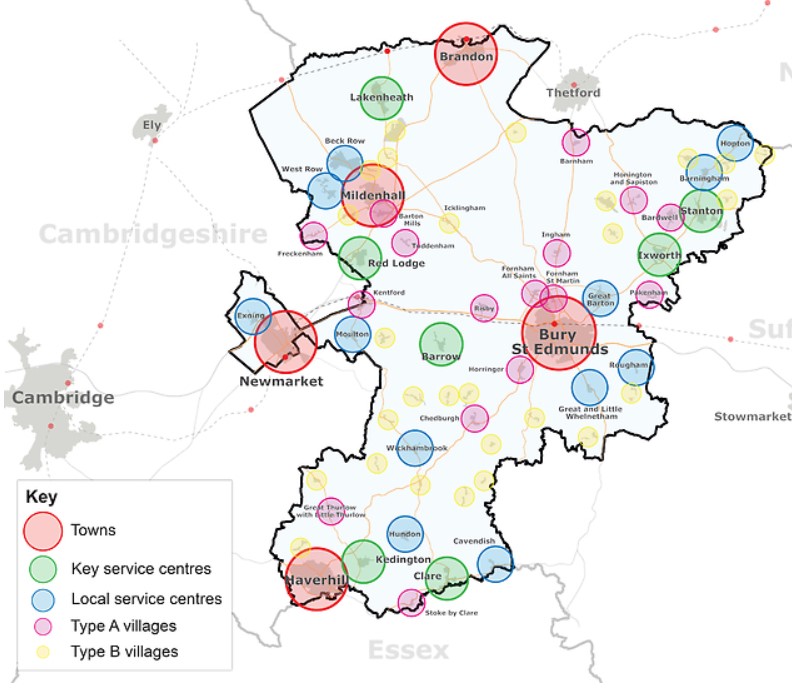Blog
Farm Diversification: Unlocking Opportunities Through the Planning System
For many farmers and farming businesses, making the best use of a farm’s assets to enhance farm income from sources other than conventional farm production makes sense. The majority of diversification projects will require some form of planning consent, be that through a full planning application or through the use of permitted development rights. As such, planning will be essential to most schemes.
The government recently introduced the Levelling-up and Regeneration Bill to Parliament, with the bill including many changes to the planning system. One major change proposed is to limit the scope of local plans to “locally specific” matters, with “issues that apply in most areas” to be covered by a new suite of national policies.
A document accompanying the bill states that it will “require each local planning authority to prepare one local plan, with the content limited to locally specific matters such as allocating land for development, detailing required infrastructure and setting out principles of good design”.
It adds that “General policies on issues that apply in most areas will be set out nationally and contained in a suite of National Development Management Policies, which will have the same weight as Local Plans so that they are fully taken into account in decisions.”
This shift in power away from local authorities on non-local matters could benefit rural areas as policy support may be set out more clearly and positively for diversification projects in these National Development Management Policies.
Once the decision has been made to move ahead with some form of diversification, a review of the farm business is a logical first step which will highlight any potential opportunities, which may include:
- Developing buildings – holiday lets, weddings, residential, workshops, office space
- Adding value to farm produce – through on-farm processing and/or selling
- Developing a new enterprise – for example, glamping, dog exercise areas, leisure and recreation activities
- Energy generation – renewables or anaerobic digestion.
- Habitat improvements – Biodiversity net gain.
It will also be important to be aware of any site-specific constraints, such as landscape designations (e.g. Green Belt, Areas of Outstanding Natural Beauty etc.), listed buildings, highways, flood risk and so on, and how these could impact on what can be achieved at the farm.
We are involved with a number of the projects outlined above. One area we are regularly appointed on involves existing buildings and the ever-controversial Class Q permitted development rights, which allow for the change of use and conversion of buildings from agriculture to residential by securing prior approval, rather than needing to apply for planning permission. It is now possible to provide up to five new dwellings on an ‘established agricultural unit’.
The maximum floor area for conversion was increased in 2018 from 450sqm to 865sqm, depending on how the dwellings are arranged. This significant permissible floor area provides a great opportunity for redundant buildings. We continue to hear that the Government is committed to providing new housing, but many rural housing developments would be contrary to planning policy. Therefore, Class Q is often the best chance of achieving a new home in a rural location. It is important to note that Class Q is not available for Listed Buildings or those buildings that fall within a Conservation Area, or other similarly protected sites.
Other stringent criteria must also be met, and applications will be assessed regarding transport, highways and noise impacts, contamination and flood risks. The building must be suitable for conversion to residential use without ‘rebuilding’, and structurally able to take the loading of the residential conversion.
Structural requirements have been debated at great length, with many Local Planning Authorities taking different approaches. However, some clarity was offered from the case of Hibbitt v Secretary of State [2016] and Government guidance, which ultimately confirms that if the extent of works required to change the use of the building amount to ‘rebuilding’ rather than ‘conversion’, then the proposal will fall outside the scope of Class Q. Overall, Class Q signals a supportive stance from the Government to landowners with redundant buildings. This is a positive step for rural areas and offers considerable opportunity to enhance income generation from rural buildings and to add value to existing assets.
A change of use application is the other route if the above criteria cannot be met. However, local authority planning policies tend to be less supportive and may require commercial uses to be explored first, often involving a marketing campaign to demonstrate a lack of demand from potential occupiers.
It is also important to highlight Class R permitted development rights, which allow for the change of use of buildings from agriculture to a flexible commercial use. The range of commercial uses available is wide and includes shops, financial and professional services, restaurants and cafes, offices, light industrial, storage and distribution, hotels, and assembly and leisure use.
Class R allows for the change of use of up to 500sqm per established agricultural unit. Applications are assessed with regard to highways, noise, contamination and flood risk. There is no structural requirement, so Class R rights can be utilised on buildings that would not meet Class Q’s strict criteria.
There is so much scope to enhance value and income through the implementation of change of use permitted development rights, so Wilson Wraight’s advice would be to take stock of redundant buildings and unearth potentially untapped value.
Another area of diversification which Wilson Wraight are advising clients on is Biodiversity Net Gain. Developers who are unable to mitigate biodiversity net loss on site will either have to purchase biodiversity units locally or will be required to pay a cash tariff on their shortfall against net gain obligations set out in the forthcoming Environment Bill. This could provide an income stream for areas of land that perhaps aren’t performing as well as others and do not have the potential to benefit from the other opportunities outlined earlier.
For further information on this and to discuss any planning related matters please contact our Head of Planning Dan Hewett – dhewett@wilsonwraight.co.uk



